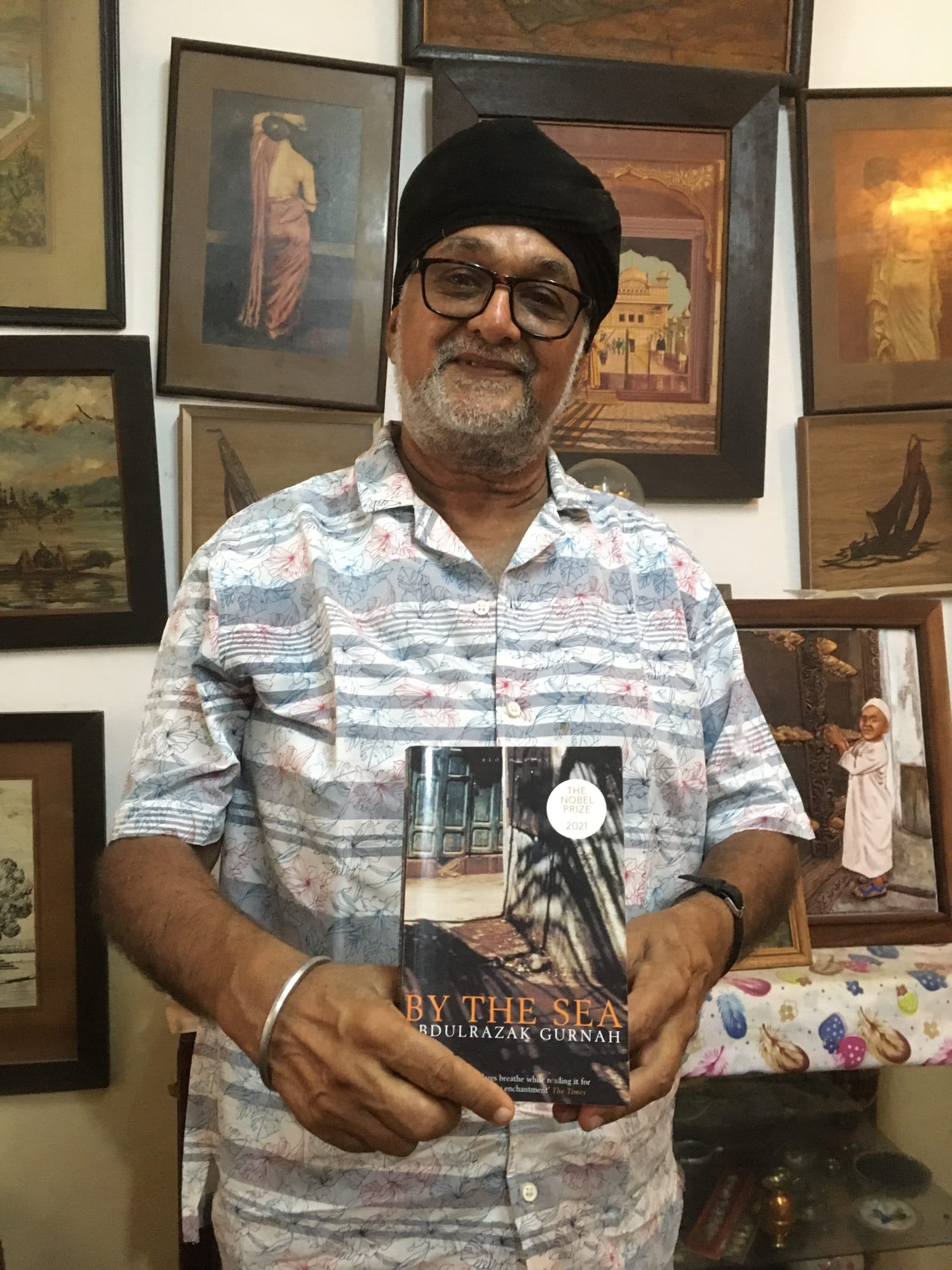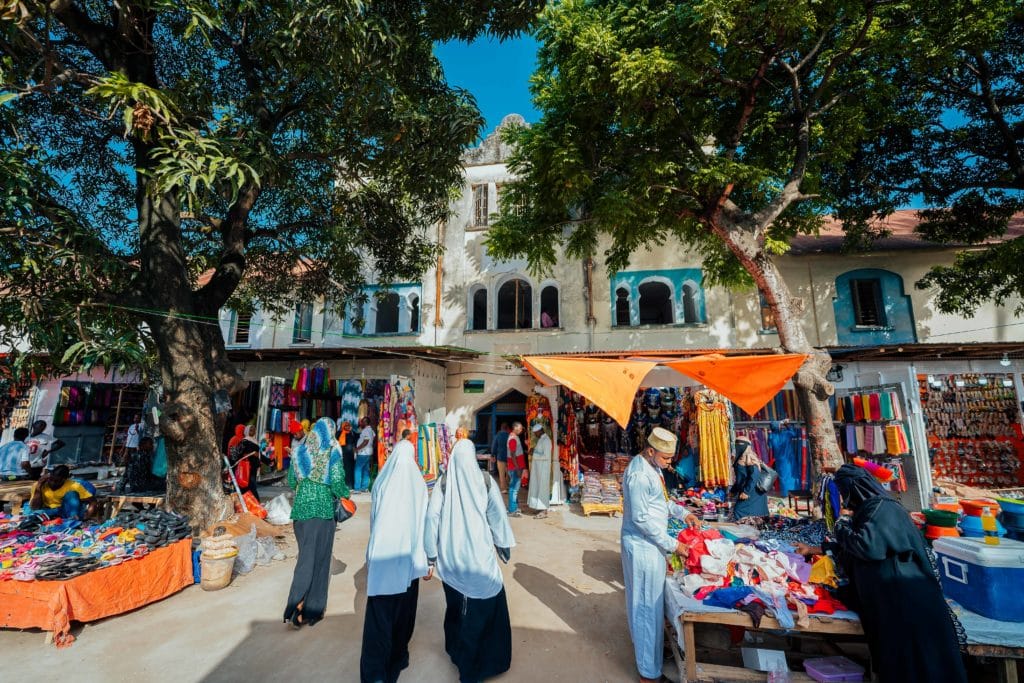
The historic Darajani school has become a market: historian Parmukh Singh fears forever.
Consumerism beats education. “It’s a shame”, says longtime parliamentarian Parmukh Singh Hoogan, 66, who is advocating for the preservation of the historic Darajani Boys School. It was here that Nobel Prize winner Abdulrazak Gurnah learnt his ABC before his departure from Zanzibar in the late 60s.
Recently, the arched building in soft earth and light blue colours has turned from a learning institution into a busy shopping centre. Former classrooms are occupied by kaftan sellers; traders of all kinds display soaps, underwear and cooking pots in and around the school. Its students were transferred to Mkunazini school.
Singh’s grandfather, colonial architect Ajit Singh designed the school between 1946 and 1954. He was one of the most prominent architects of historic Zanzibar and built Zanzibar’s Mnazi Moja hospital and science museum, among others.
Under Zanzibar’s conservation laws, the school is protected from demolition, as is indeed the entire area opposite the Darajani food market, a so-called buffer zone of historical Stone Town. In the meantime it has been largely fenced off and billboards announce a “Darajani commercial souk” to be built here, in what looks like a semi-traditional design.
One might argue that an ever-growing population needs larger markets, but “don’t we need education more than we need malls?” asks Parmukh Singh. “With ever more shops they are just choking the city”, criticises the historian, who belongs to the micro-minority of Indian Sikhs in Zanzibar. For him the re-purposing of the school means “not valuing historic Zanzibar”.
